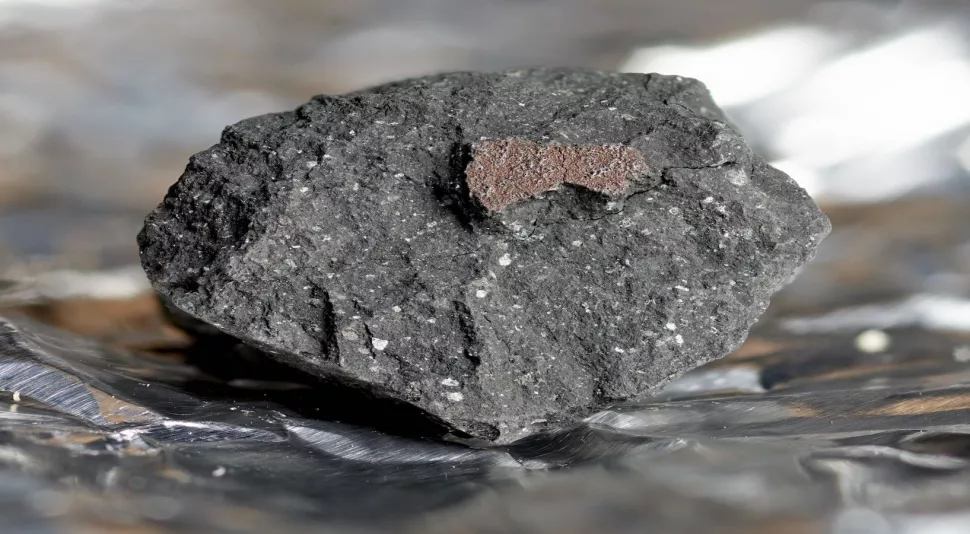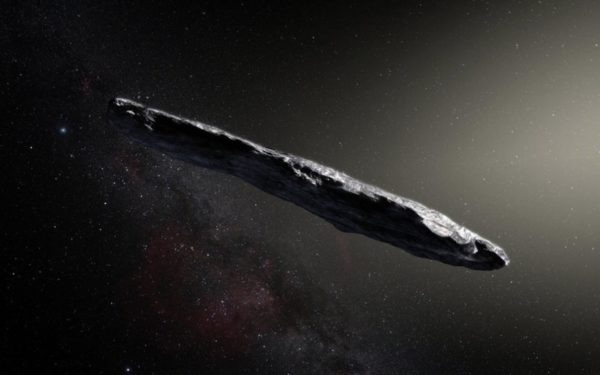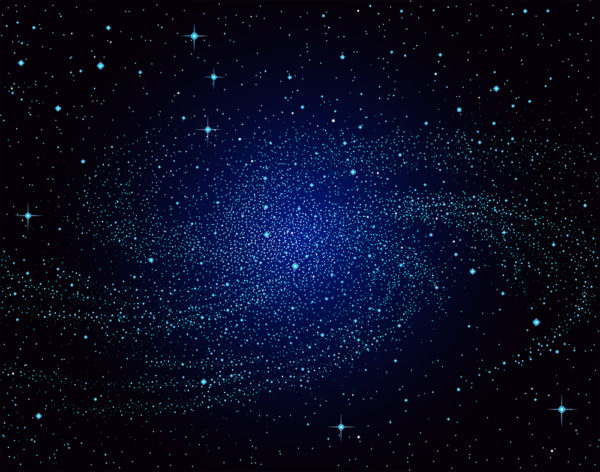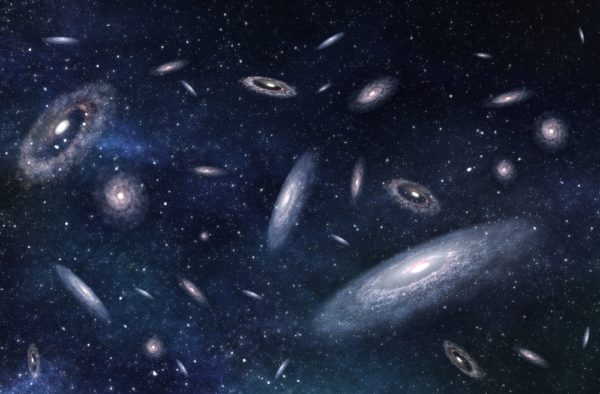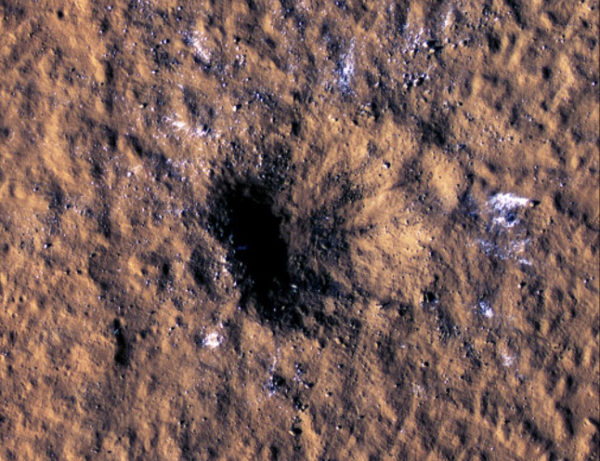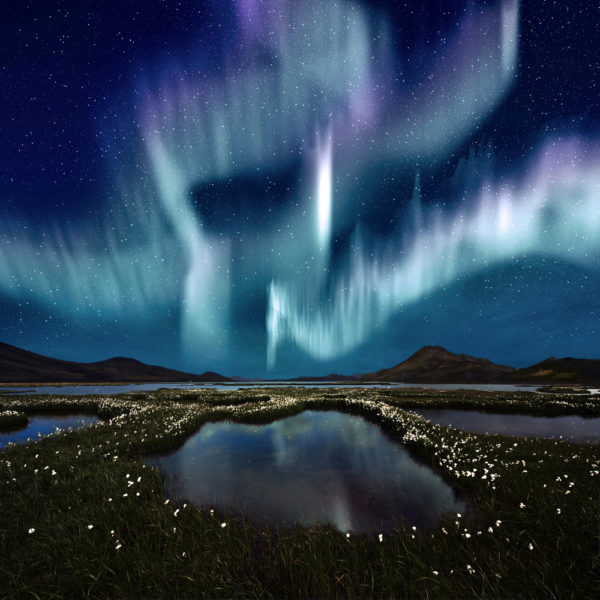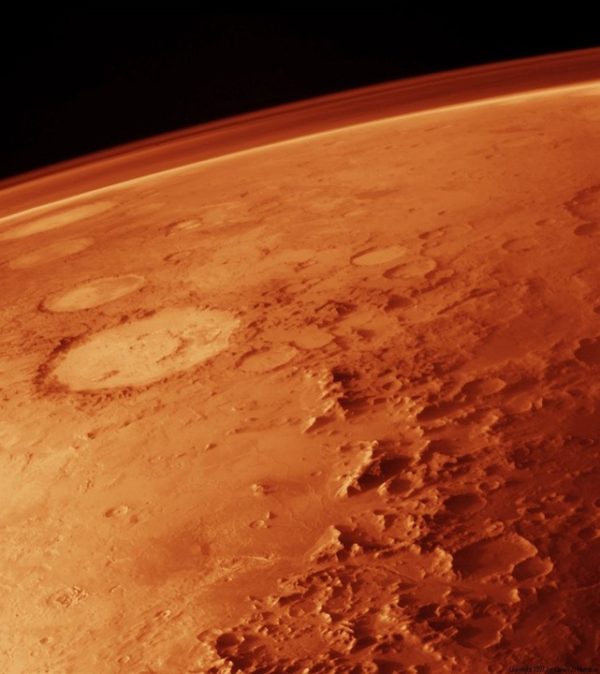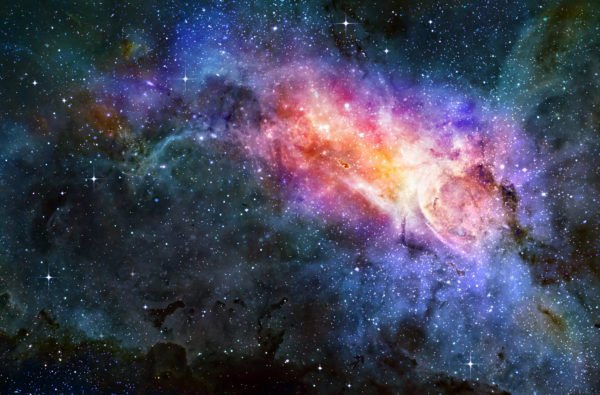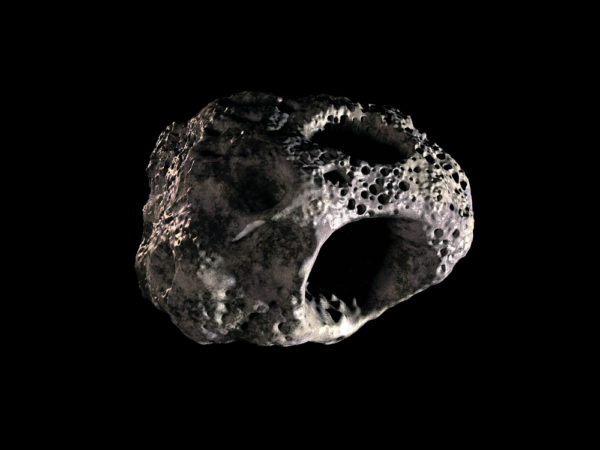Writer Fuel: Where Did the Water Come From?
An ancient meteorite that crash-landed on a U.K. driveway may have solved the mystery of where Earth’s water came from. The 4.6 billion-year-old space rock, which landed in front of a family home in the English town of Winchcombe in February 2021, contains water that closely resembles the chemical composition of water found on Earth … Read more

